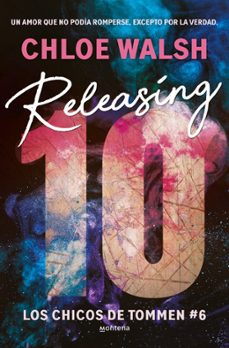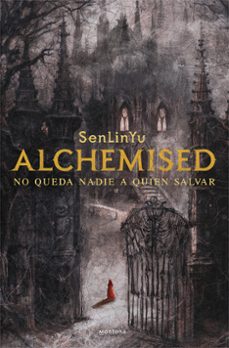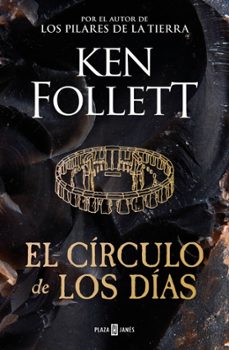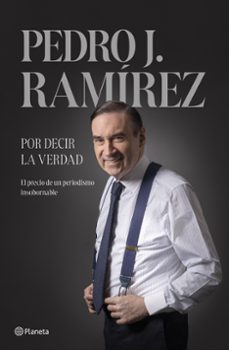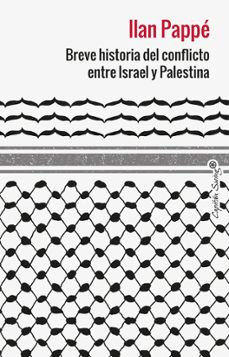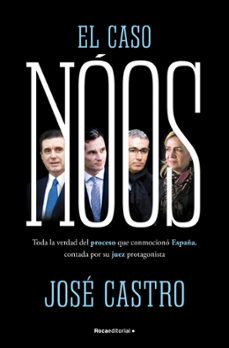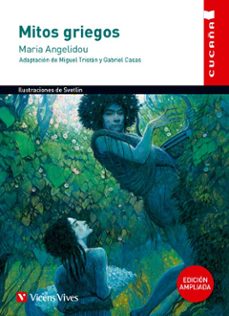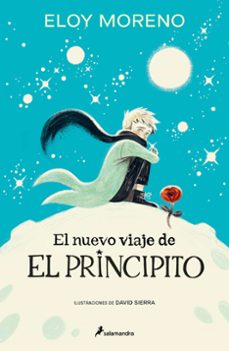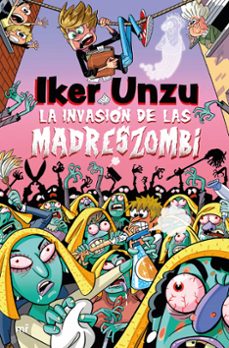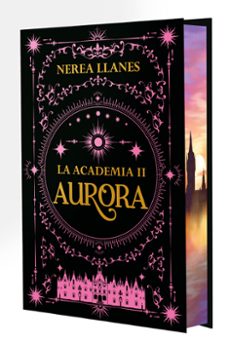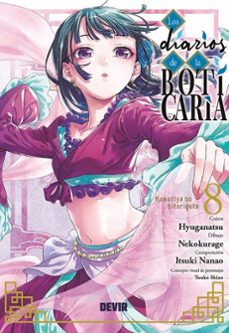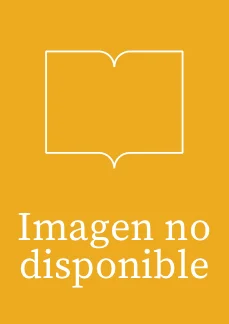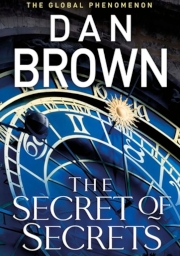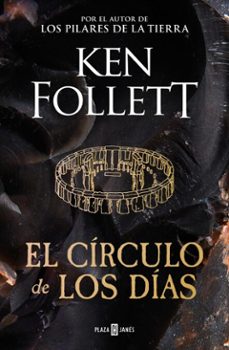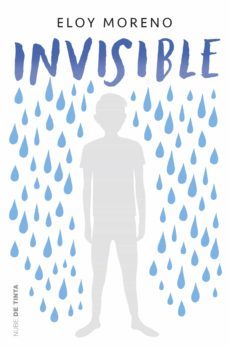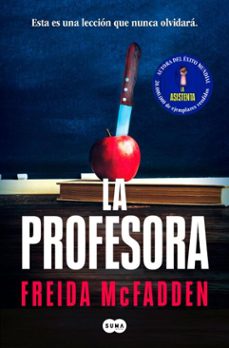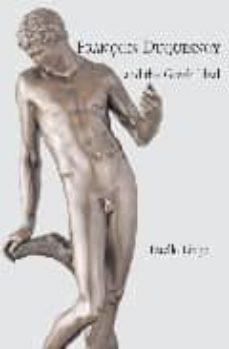Imprescindibles
Ficción
Literatura ContemporáneaEstudios literariosClásicosCuentosPoesíaTeatroLibros de bolsillo Sagas literarias
Géneros literarios Novela romántica y eróticaNovela negraNovela históricaNarrativa fantásticaNovela de ciencia ficciónNovela de terrorNarrativa de humorNarrativa de viajes
No Ficción
Ciencias y tecnología BiologíaCienciasCiencias naturalesDivulgación científicaInformáticaIngenieríaMatemáticasMedicinaSalud y dietas Formación Idiomas Estilo de vida Libros de CocinaGuías de viajeNarrativa de viajesDeportesLibros de JuegosManualidades
Humanidades Autoayuda y espiritualidadCiencias humanasDerechoEconomía y EmpresaPsicología y PedagogíaFilosofíaSociología Filología BiblioteconomíaEstudios filológicosEstudios lingüísticosEstudios literariosHistoria y crítica de la Literatura
Infantil
Juvenil
Cómic y Manga
Novela gráfica Novela gráfica americanaNovela gráfica europeaNovela gráfica de otros países Personajes, series y sagas Series y sagasStar Wars Superhéroes Cómics DCCómics MarvelCómics otros superhéroesCómics Valiant
eBooks
Literatura ContemporáneaNarrativa fantásticaNovela de ciencia ficciónNovela de terrorNovela históricaNovela negraNovela romántica y erótica Juvenil Más de 13 añosMás de 15 años Infantil eBooks infantiles
Humanidades Autoayuda y espiritualidadCiencias humanasEconomía y EmpresaPsicología y PedagogíaFilosofía Historia Historia de EspañaHistoria Universal Arte CineMúsicaHistoria del arte
Ciencia y tecnología Ciencias naturalesDivulgación científicaMedicinaSalud y dietas Filología Estudios lingüísticosEstudios literariosHistoria y crítica de la Literatura Estilo de vida CocinaGuías de viajeOcio y deportes
ESTELLE LINGO
Recibe novedades de ESTELLE LINGO directamente en tu email
Filtros
Del 1 al 1 de 1
YALE UNIVERSITY PRESS 9780300124835
This book is the first in English devoted to François Duquesnoy, a central figure in seventeenth-century European sculpture, a rival to Bernini, and a leading light in an artistic milieu that included Poussin and Rubens. Estelle Lingo reconstructs Duquesnoys pursuit in Rome of a modern artistic practice in the Greek manner. Reconstruction of Duquesnoys Greek ideal enables Lingo to offer new interpretations of his exquisite marble and bronze sculptures. Moreover, she demonstrates that the archaeological and poetic vision of Greek art developed by Duquesnoy and his circle formed the basis of Johann Joachim Winckelmanns influential Reflections on the Imitation of Greek Works in Painting and Sculpturethus overturning the long-held assumption that no meaningful distinction was made between ancient Greek and Roman art prior to Winckelmanns work in the eighteenth century. Examining in detail how Duquesnoy developed and employed his Greek manner, Lingo brings to light the extent of his contributions to European culture and aesthetics, and to the rise of Neoclassicism. Estelle Lingo is assistant professor of art history, Division of Art History, University of Washington, Seattle.
Ver más
Tapa dura
Del 1 al 1 de 1

